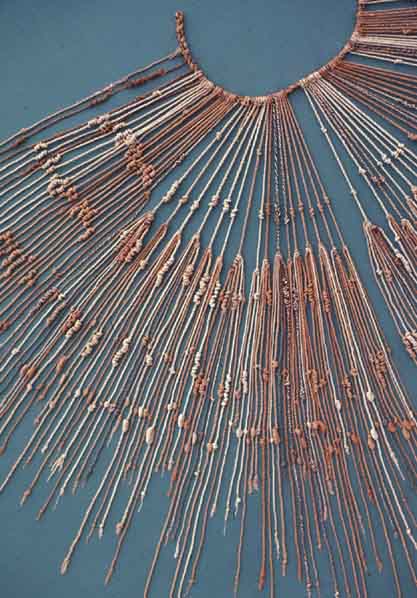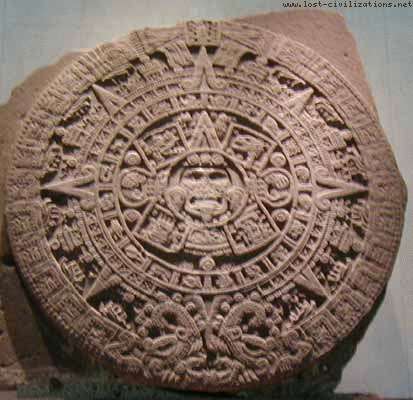Inca Achievements and Legacy |
We know so little about the Inca because they left us no written work and we can not read the "knots" they used as means to store information. The system of Quipu and the street net all over their territory is amongst their main achievements. Quipus or khipus (sometimes called talking knots) were recording devices used in the Inca Empire and its predecessor societies in the Andean region.
A quipu usually consisted of colored spun and plied thread or strings from llama or alpaca hair. It could also be made of cotton cords. The cords contained numeric and other values encoded by knots in a base ten positional system. Quipus might have just a few or up to 2,000 cords. Inca Achievement in Systems of Measurement/ Quipus:Using a base of ten, the quipus had a main string about two feet long. Many additional colored strings were tied to the main string. Each string had knots in it. The color of the strings and the distance between knots all had meaning to the ancient Incas.
Inca Achievement in Calendar:The Incan calendar was important to the ancient Incas for Religion reasons. Each calendar month hosted a different religious festival. The Incan calendar was divided into 12 months. Each month was divided into 3 weeks. Each week had 10 days.
Inca Achievement in Musical Instruments:The Incas loved music. They invented many wind and percussion instruments. Drums and flutes were very popular. The panpipe was the most popular. A panpipe is a group of single pipes tied together in a row. Each pipe in the row makes a different sound, and he pipes are arranged very carefully. Panpipes are still played in the Andes Mountains today. Achievements important to the success of the Inca Empire:Communication: (roads, runners) More info on- Inca Discoveries, Architecture Information |





